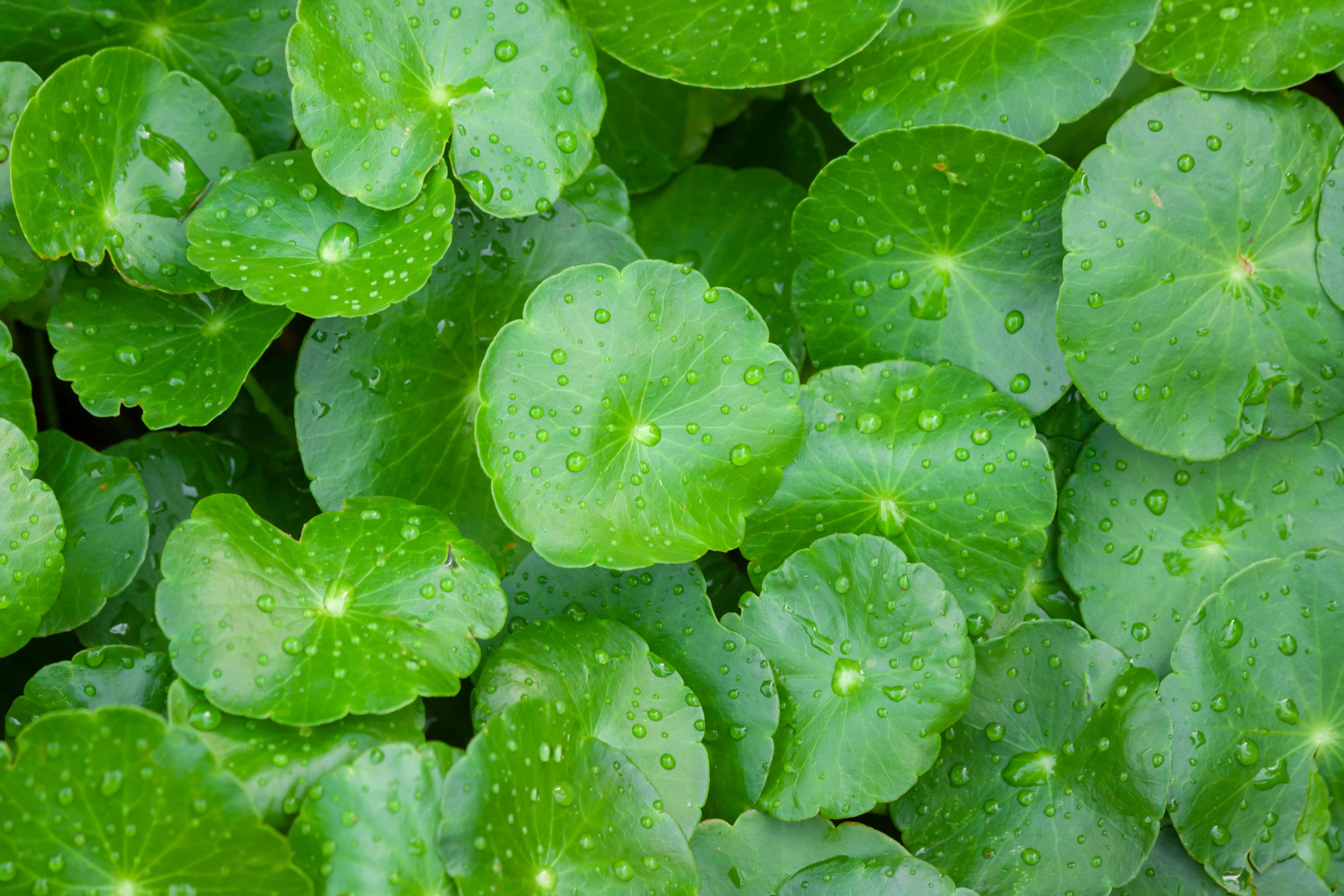Supramolecular Solvent Method Enhances Herbal Compound Analysis Using HPLC–MS/MS
In a recent study, researchers from China presented a novel approach that uses a supramolecular solvent (SUPRAS) method for detecting bioactive compounds.
Detecting bioactive compounds is important when studying herbs. In a recent study published in the Journal of Chromatography A, researchers from China introduced a novel approach that used high performance liquid chromatography coupled with tandem mass spectrometry (HPLC–MS/MS), using a supramolecular solvent (SUPRAS) for extraction (1).
Centella asiatica or gotu kola | Image Credit: © voranat - stock.adobe.com

Centella asiatica (C. asiatica), commonly known as Gotu Kola, has long been celebrated for its potential health benefits, attributed to bioactive compounds such as madecassoside (MS), asiaticoside (AS), asiatic acid (AA), and madecassic acid (MA) (1). Traditional extraction methods are often complex and time-consuming and this new method aims to simplify this process and reduce the time needed to extract compounds.
The SUPRAS method was created by using a combination of water, tetrahydrofuran (THF), and n-hexanol (1). SUPRAS is an effective method for extracting compounds from the herb. In this study, 4 mL of SUPRAS was applied to the sample for a brief 5-min period, followed by centrifugation to achieve phase separation (1). Then, the researchers used HPLC–MS/MS to analyze the solution.
The SUPRAS method was successful because of several reasons. First, it was able to draw out the bioactive compounds from the herbal material. It accomplished this by using both the dispersion and hydrogen bond interactions (1). Researchers also conducted a comprehensive investigation into various parameters, including the composition of supramolecular solvents, dosage, and vortex time, all of which were found to influence extraction efficiency (1).
Validation of the SUPRAS-based method was conducted by analyzing spiked samples, yielding recoveries ranging from 91.6% to 99.9%, with relative standard deviations between 1.7% and 7.9% (1). These results show that the method was capable of being efficiency, precise, and sensitive (1). There is also the benefit of the method being ecofriendly. The SUPRAS method does not require nitrogen blowing or any onerous clean-up procedures (1).
As a result, the researchers demonstrated how SUPRAS-based extraction was successful in analyzing real herb samples, further highlighting its potential to revolutionize the field of herbal compound analysis (1). The SUPRAS-based approach, coupled with HPLC–MS/MS, represents a new technique in analytical chemistry, with potential applications that could benefit from using this technique include pharmaceuticals, nutraceuticals, and herbal medicine industries.
Reference
(1) Yuan, Y.; Qiao, Y.; Zheng, X.; Yu, X. Dong, Y.; Wang, H.; Sun, L. Simultaneous determination of four active compounds in Centella asiatica by supramolecular solvent-based extraction coupled with high performance liquid chromatography-tandem mass spectrometry. J. Chromatogr. A. 2023, 1708, 464298. DOI: 10.1016/j.chroma.2023.464298
New Method Explored for the Detection of CECs in Crops Irrigated with Contaminated Water
April 30th 2025This new study presents a validated QuEChERS–LC-MS/MS method for detecting eight persistent, mobile, and toxic substances in escarole, tomatoes, and tomato leaves irrigated with contaminated water.
Accelerating Monoclonal Antibody Quality Control: The Role of LC–MS in Upstream Bioprocessing
This study highlights the promising potential of LC–MS as a powerful tool for mAb quality control within the context of upstream processing.
University of Tasmania Researchers Explore Haloacetic Acid Determiniation in Water with capLC–MS
April 29th 2025Haloacetic acid detection has become important when analyzing drinking and swimming pool water. University of Tasmania researchers have begun applying capillary liquid chromatography as a means of detecting these substances.
Prioritizing Non-Target Screening in LC–HRMS Environmental Sample Analysis
April 28th 2025When analyzing samples using liquid chromatography–high-resolution mass spectrometry, there are various ways the processes can be improved. Researchers created new methods for prioritizing these strategies.

.png&w=3840&q=75)

.png&w=3840&q=75)



.png&w=3840&q=75)



.png&w=3840&q=75)






